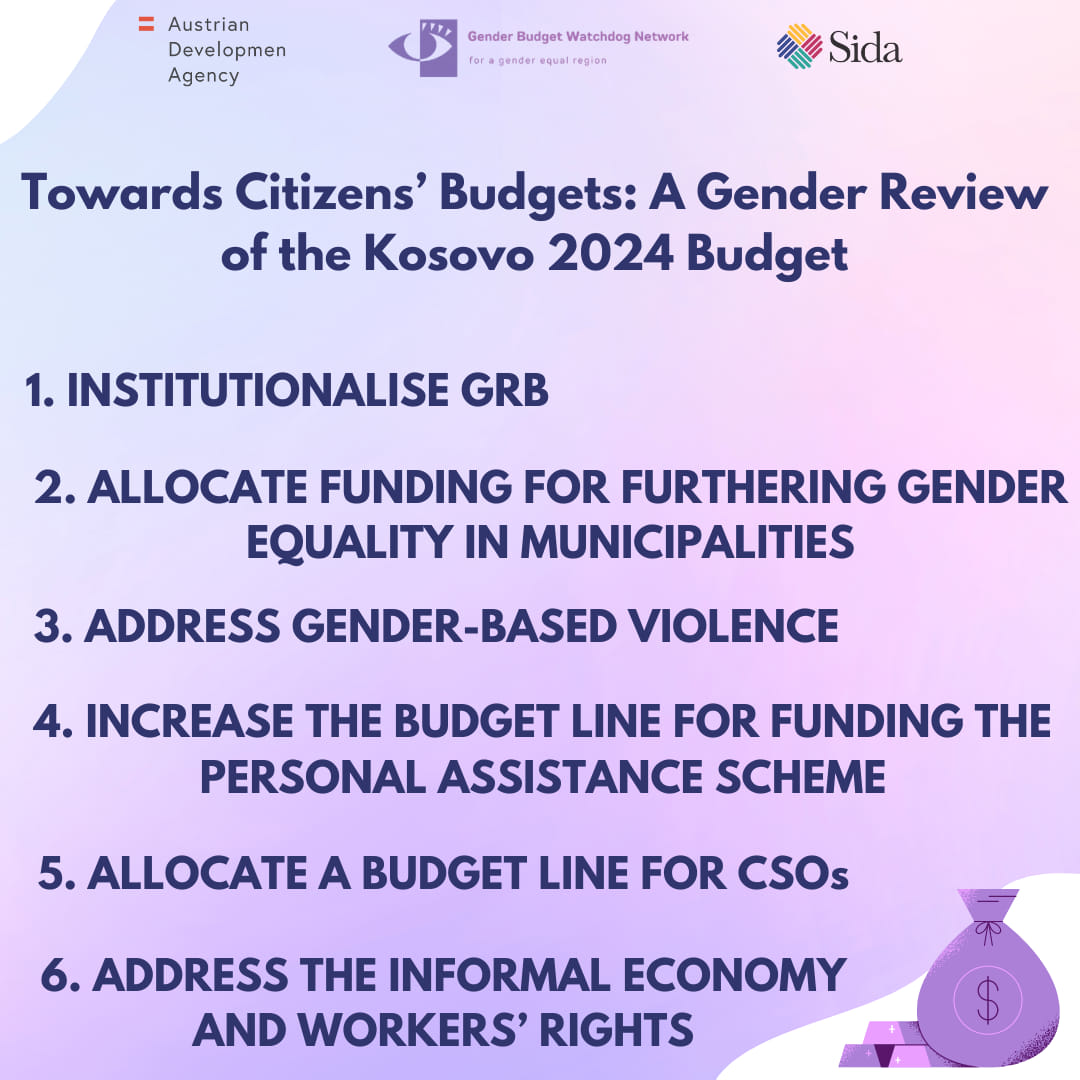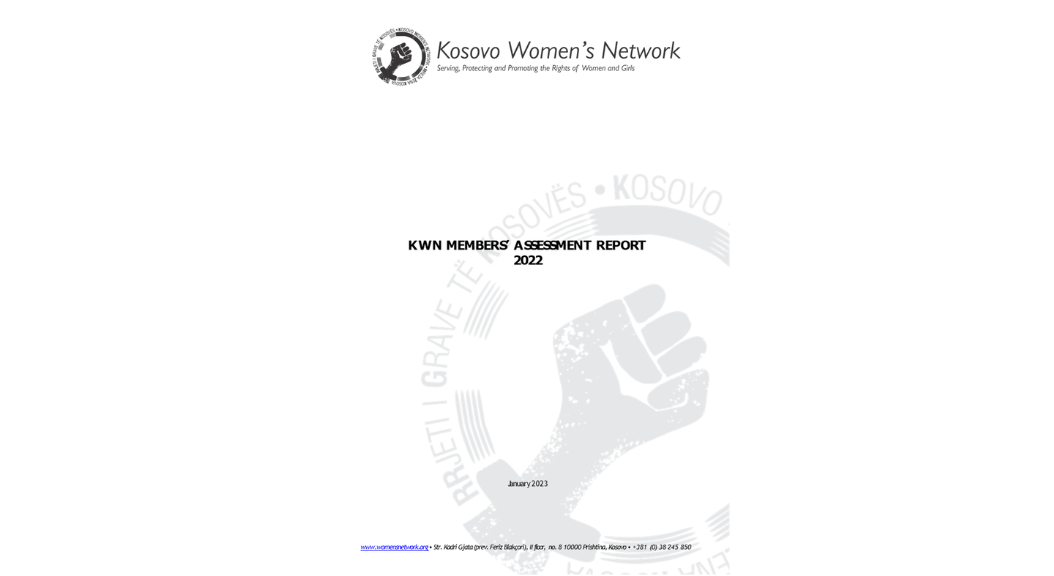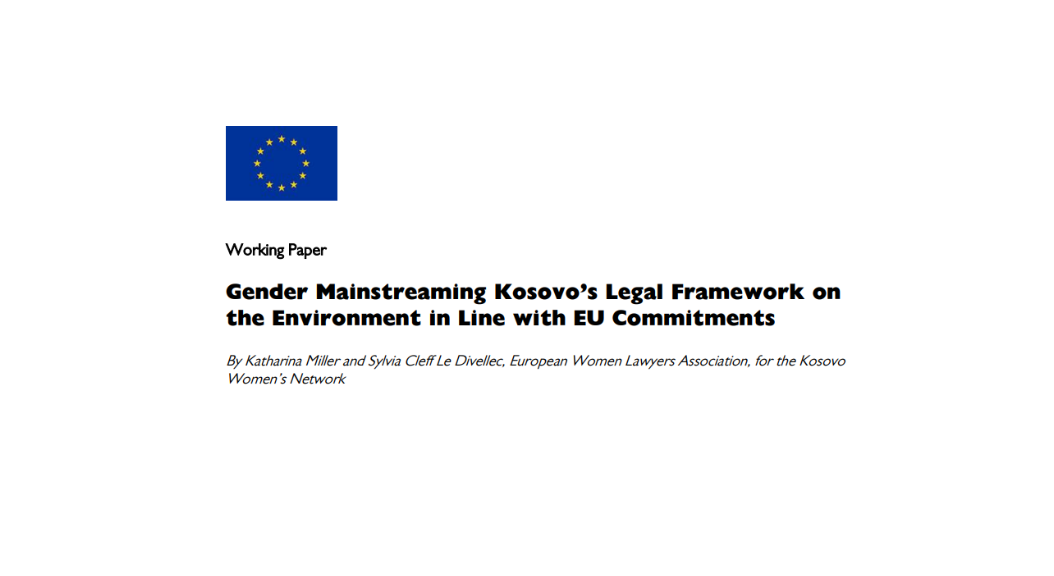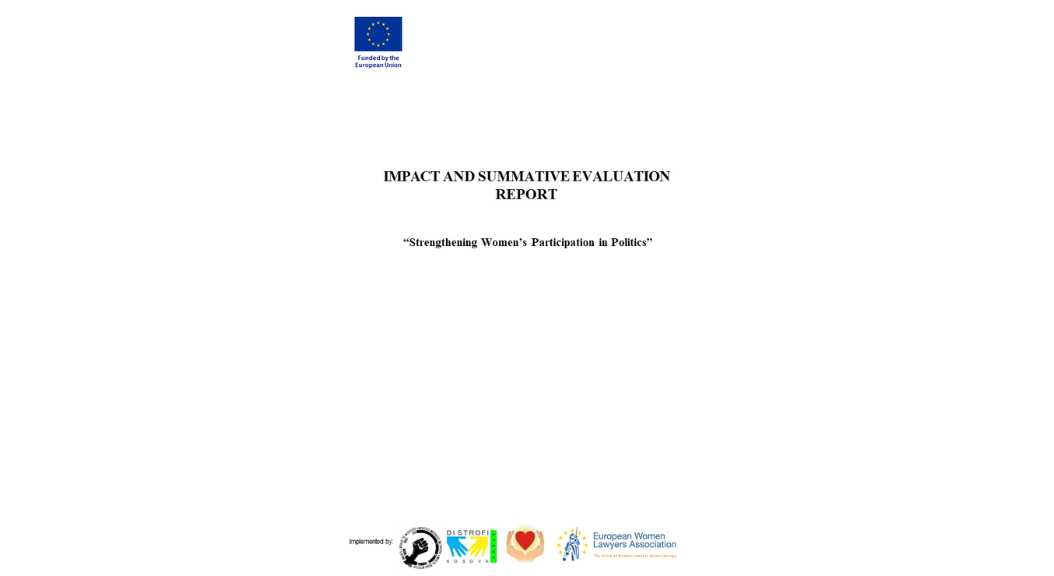by Nicole Farnsworth and Iliriana Banjska from the Kosovo Women’s Network for the Kvinna till Kvinna Foundation
November 2017
In 2017, the European Commission’s (EC) Thematic Expertise, Monitoring and Evaluation Unit of the Directorate-General for the European Neighbourhood Policy and Enlargement Negotiations (DG NEAR) commissioned an ‘External Evaluation of the Instrument for Pre-Accession Assistance (IPA II)’ (hereafter referred to as ‘Evaluation’) in order to inform the ongoing Mid-term Review of European Union (EU) External Financing Instruments. The Common Imple-menting Regulation requires such an evaluation by the end of 2017, as a midpoint in the im-plementation of the 2014-2020 IPA II programming.
In 2015, the EC and the European External Action Service (EEAS) adopted the Joint Staff Working Document – Gender Equality and Women’s Empowerment: Transforming the Lives of Girls and Women through EU External Relations 2016-2020, known as the Gender Action Plan (GAPII).1 A key aim of GAPII is ‘Institutional Culture Shift’, namely ‘shifting the Commis-sion services’ and the EEAS’ institutional culture to more effectively deliver on EU commit-ments’. GAPII thus calls for ‘all EU external spending, programming and policy making’ to us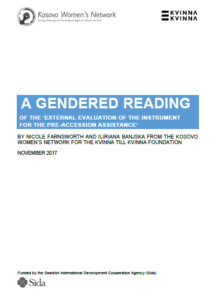 e ‘robust gender evidence’. Additionally, GAP II states that ‘all actions, whatever aid modalities (e.g. Budget Support)’ should be informed by ‘strong and rigorous gender analysis that is re-flected in the final programme implementation’.
e ‘robust gender evidence’. Additionally, GAP II states that ‘all actions, whatever aid modalities (e.g. Budget Support)’ should be informed by ‘strong and rigorous gender analysis that is re-flected in the final programme implementation’.
In accordance with GAPII, the Evaluation of IPAII should contain gender analysis. Gender analysis is essential for understanding possible gender ine-qualities in all sectors, which can enable improving the relevance, effectiveness and sustainability of actions. Thus, the Evaluation also should reflect on the extent to which EU delegations (EUDs) have used gender analysis to inform interventions in all sectors.
Other key features of GAPII include involvement of women’s civil society organizations (WCSOs) and National Gender Equality Mechanisms (NGEMs) in all stages of programming; support to WCSOs and women human rights de-fenders; and increased ‘dedicated funding to im-prove results for girls and women’. Thus, the Evaluation also should discuss the extent to which EUDs have addressed these GAPII indi-cators, considering their relationship to IPA pro-gramming.
This paper examines the extent to which the Evaluation contained relevant gender analysis in accordance with GAPII. It comments on key findings and recommendations of the Evaluation from a gender perspective and in relation to aims set forth in GAPII. The paper concludes with recommendations on how to better mainstream gender into IPA programming, thereby im-proving implementation of GAPII in 2018-2020. Therefore, this paper seeks ‘to inform the fu-ture programming and implementation of the current EFIs [External Financing Instruments], as well as the next generation of the EFIs’, as per the second objective of the Evaluation.

